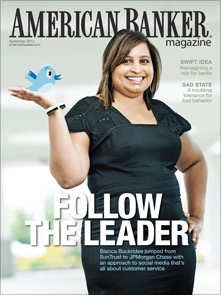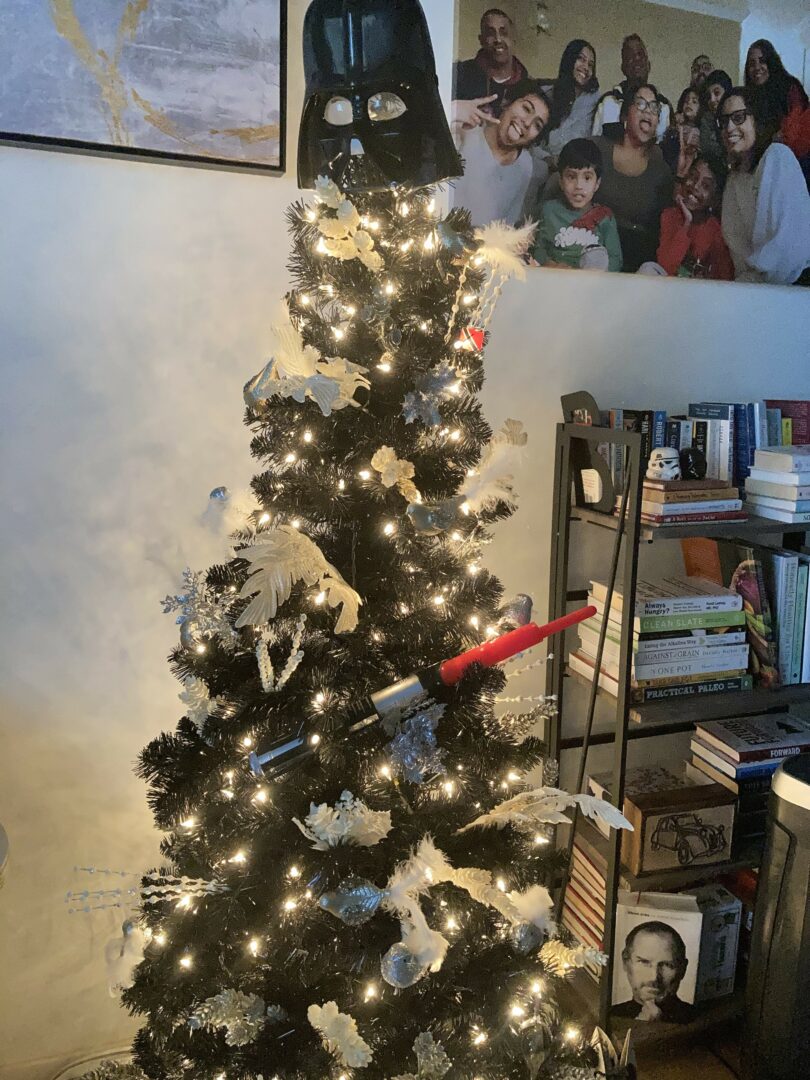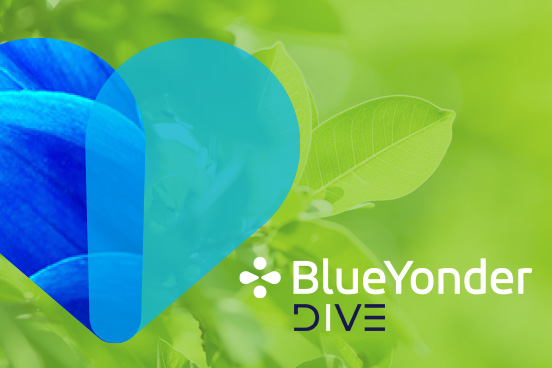Bianca Buckridee shares her story of being the exception to the rule in the foster care system, how she overcame being bullied as an immigrant, and surpassed all expectations in her career, despite being told she was ‘green’ and would never amount to anything. Tell that to the cover of the magazine she landed on as a result of some of her accomplishments.
Can you share a little about your childhood and what it was like growing up?
I was born in Trinidad and Tobago and moved to New York City when I was 11 but ended up in foster care at the age of 12. I was abused by my parents growing up and the reason I moved to New York was because I had attempted suicide and my mom thought coming to the U.S. would help.
What was it like being in foster care?
I was taken from my home with a black trash bag of clothing to my first foster home in Flatbush in New York. I lived with her for a couple years until she overstepped her boundaries one day and slapped me for saying hi to a boy. I then moved to my next foster home, in Browsnville, a much more urban part of New York and it was my first experience with drive-by shootings.
Elementary school was challenging for me as people weren’t as accepting of immigrants then and we moved a lot. I was often the weird, new girl who sat by herself at lunch. I specifically remember one girl in my history class who said ‘I am not sitting next to her.’ I was bullied a lot for being an immigrant and then for being in foster care. My name was constantly butchered and it was why I went by my middle name – Bianca – versus my first name – Sunita.
Eventually, my uncle – who had been trying to get custody of me since before I moved to the U.S., – wanted to rescue me. I was 16 and still in foster care. In New York, you age out of the system at 21. In New Jersey, where my uncle – who I now call my dad – lived, the age limit is 18. My foster care agency in New York created an interstate compact to allow me to move to New Jersey, but stay in the New York system so I could go to college and they could help with room and board. The universe was watching out for me.
Wow, that’s amazing! So, where did you go to college and what was your experience like?
I did great on my SATs despite everything going on and was admitted to quite a few colleges on the East Coast. But I went on a tour at a Bible-based college in Florida and the second I stepped on to campus, I knew I was at home. When you come from such a chaotic background filled with extreme violence, I knew it was my opportunity to build a stable life.
I majored in communications with a minor in broadcast and produced tv broadcasts at my school, my favorite was basketball games – I am a diehard NY Knicks fan. I also met my three best friends there and they are still my best friends today. College gave me the structure I needed to become an adult and learn how to navigate relationships.
Can you share a little about your career trajectory and what brought you to Blue Yonder?
After college, I moved to Tampa and started my corporate career at Chase. I quit that without another job lined up and my roommate asked me to interview at her school as the Kindergarten teacher just quit. So I interviewed and walked out with the keys to a Kindergarten classroom!
This was a life-changing experience, especially when I got promoted to teach third grade. I flipped the my approach when I saw a cart of unused iBooks. My co-teacher and I split up the subjects, created daily lessons and used online games to reinforce concepts. It became a self-learning pod and our students started to take ownership of their education.
That was my intro to technology and understanding customer experience. I learned that the lessons weren’t about my goals but needed to be taught in a way that was meaningful to them to truly understand.
After teaching third grade, what did you do next?
While I loved teaching, I was working three jobs just to pay the bills so I went back to corporate life as a trainer. I moved to SunTrust in Atlanta to teach bank branches how to recognize check fraud. About three months in, I discovered Twitter (2009) and searching ‘SunTrust.’ I built a business case for the bank to create social media accounts to answer customer questions and sent it to my manager. That deck found its way to the CMO who called me to her office. I walked in thinking I’d get fired but she asked, „what do you need to get this off the ground?“
Within a couple of years, Chase Bank recruited me to build out their social customer service operation which was thrilling because it was a chance to move to a global bank and build a shared service model. I created the operational framework and the technology roadmap for enterprise social media management. one of my favorite things is that our team changed how the bank looked at data to understand customer feedback.
I wanted to pivot and thought marketing would be a great spot. So I sold everything and drove to San Francisco. I went to BMC through a friend who taught me to be a marketer. A year later, Vidhya [Srinivasan, now at Blue Yonder] joined BMC, and she brought me to her team and taught me to do solutions marketing. The universe followed me the whole way and now I am here, again with Vidhya. I truly believe I am where I am meant to be because I love the mission of Blue Yonder and the customers we serve.
You’ve had some huge challenges to overcome throughout your life, how do you use those as learnings?
Foster care taught me a lot and I am truly the exception to the rule. The lesson I took from foster care is navigating relationships – when I got to the second foster home, I was housed with four other kids. One was a young girl and she had AIDS because her stepdad raped her. She was in the same room as me and I was terrified because I didn’t know anything about AIDS. My foster mom taught me how to show compassion and empathy even when I don’t understand something. I always keep that with me.
I also learned how to accept unconditional love and that you can be loved just as you are. I didn’t understand that right away. In my 20s I thought I was doing a good job of it but there was a time when I had disturbing suicidal thoughts. In desperation, I emailed three friends and they came through for me like no other. They made sure I had something to live for and to be there physically with me. I’ll never forget their unconditional love and love that they are still in my life today.
What’s the best risk you’ve taken and why?

Building out the model for social customer service. I had no idea what I was doing. My first manager there told me I was too green and wouldn’t succeed but there was a vision in my head – to build a way for customers to talk to banks on channels they are using. And I did it. And in 2012, I became the first woman of color on the cover of American Banker magazine! I grabbed a copy and mailed it to that manager. That was the first time in my life that I saw myself more than the girl carrying a black trash bag.
Empathy must be ingrained in you now. How do you build a culture of it around you?
I work really hard to manage with empathy. I am direct and honest but cognizant of how I approach sharing feedback with my team. It’s important that my team understands our goals and feel supported to achieve those goals. I’m also understanding that during this pandemic. Everyone is experiencing some form of anxiety and I try to be mindful of that every day.
What do you think are biggest obstacles of diversity (and particularly, women) in the workplace?
Diversity and inclusion feels like a buzzword when you’re a minority. There are things that happen to us in the workplace that don’t happen to others. As a brown woman, I have always felt I had to be overprepared and think through the nuances that others don’t see (and they wouldn’t if they aren’t marginalized). I would love for more companies who say they are supportive of D&I to build the pipeline not just from affluent communities. Building the pipeline begins in supporting the communities I lived in.
Have you ever been the only woman in a meeting (and noticed it!)? How did that make you feel?

All the time! You learn to deal with it and I’ve learned by watching how other women model behavior. I am now empowered but at the beginning, I didn’t know how to get my voice heard. Now, I speak up and talk about things. I believe it is now my responsibility to help create those seats at the table for others, and cultivate an environment that they feel comfortable saying the things they want to say.
What’s one fun (or surprising) fact about you?
I lived in the South for 15 years and consider myself a modified version of a New Yorker. I am obsessed with giant super duty pickup trucks!
I am also a die-hard Darth Vader fan. I have a PowerPoint around why he’s misunderstood and a black Christmas tree with his mask at the top, and a light saber!


Comments are closed.